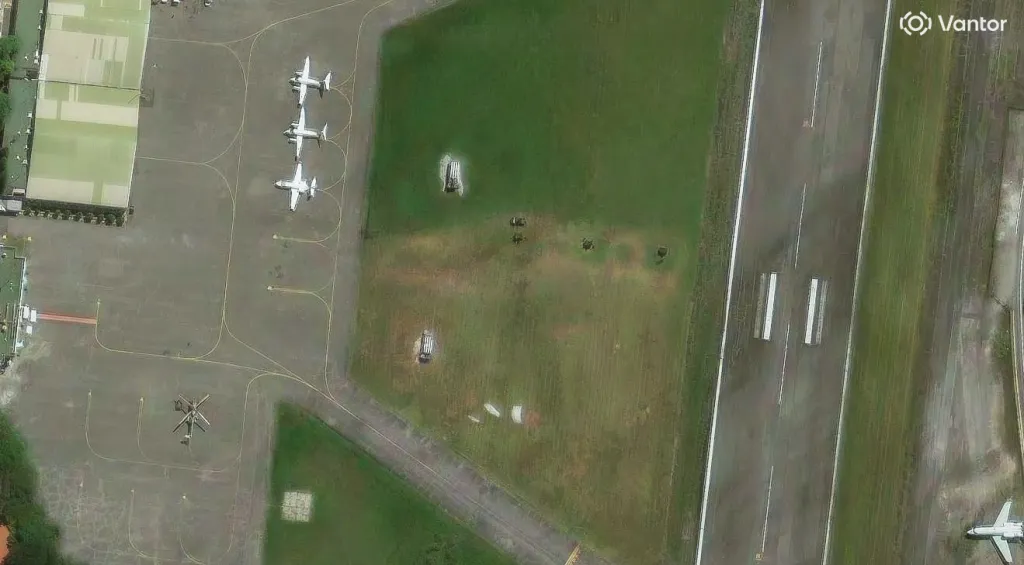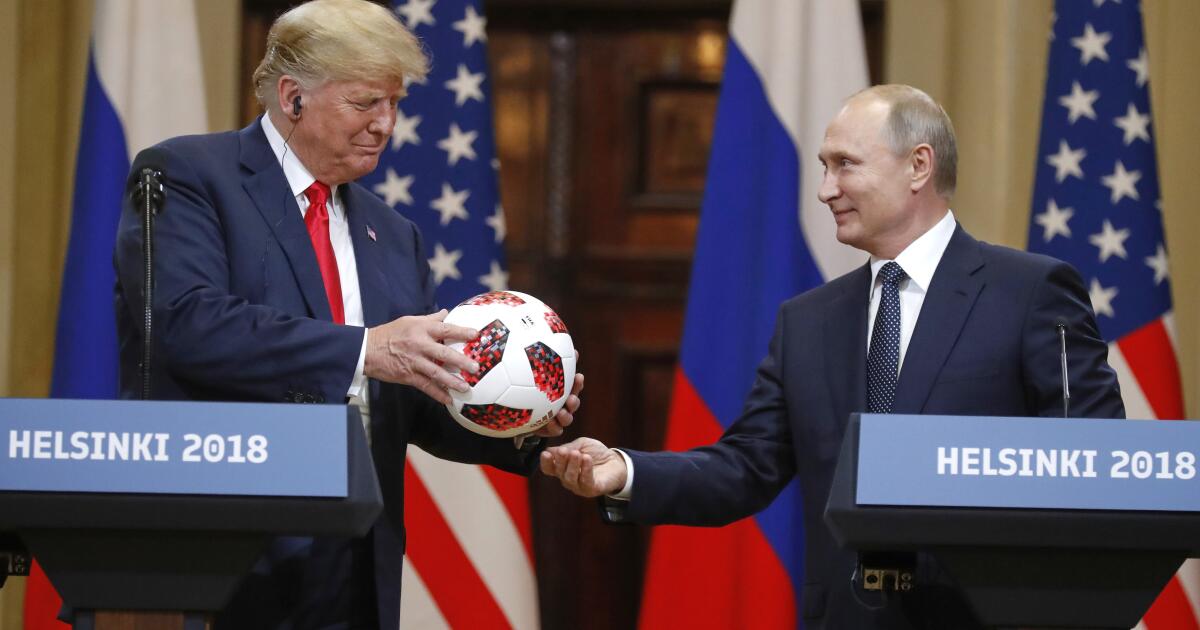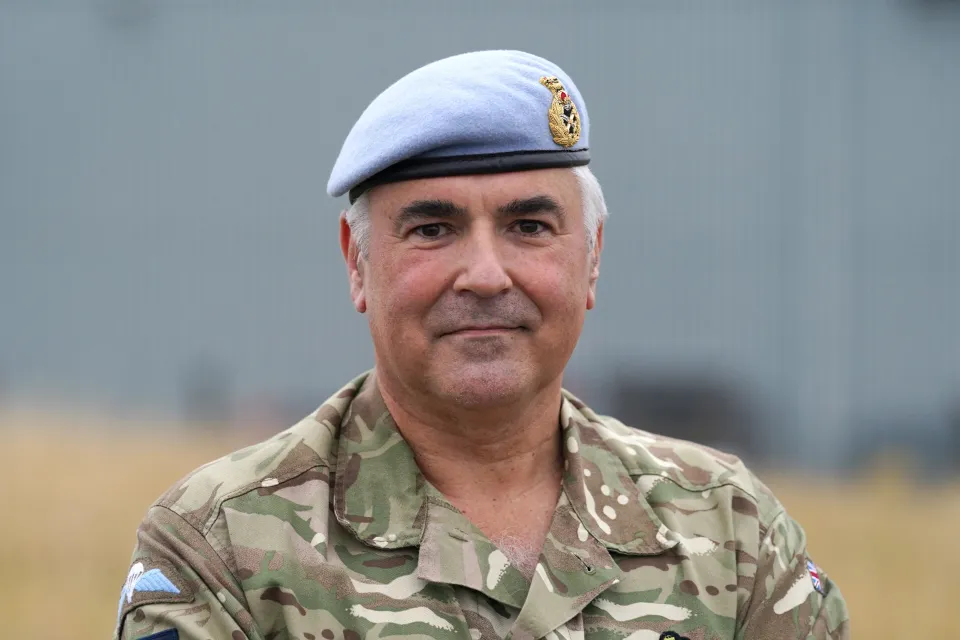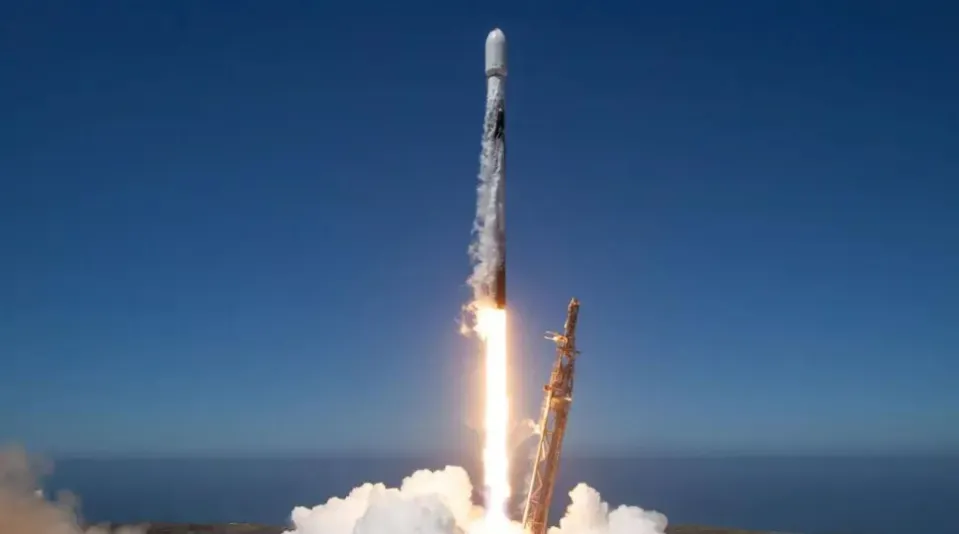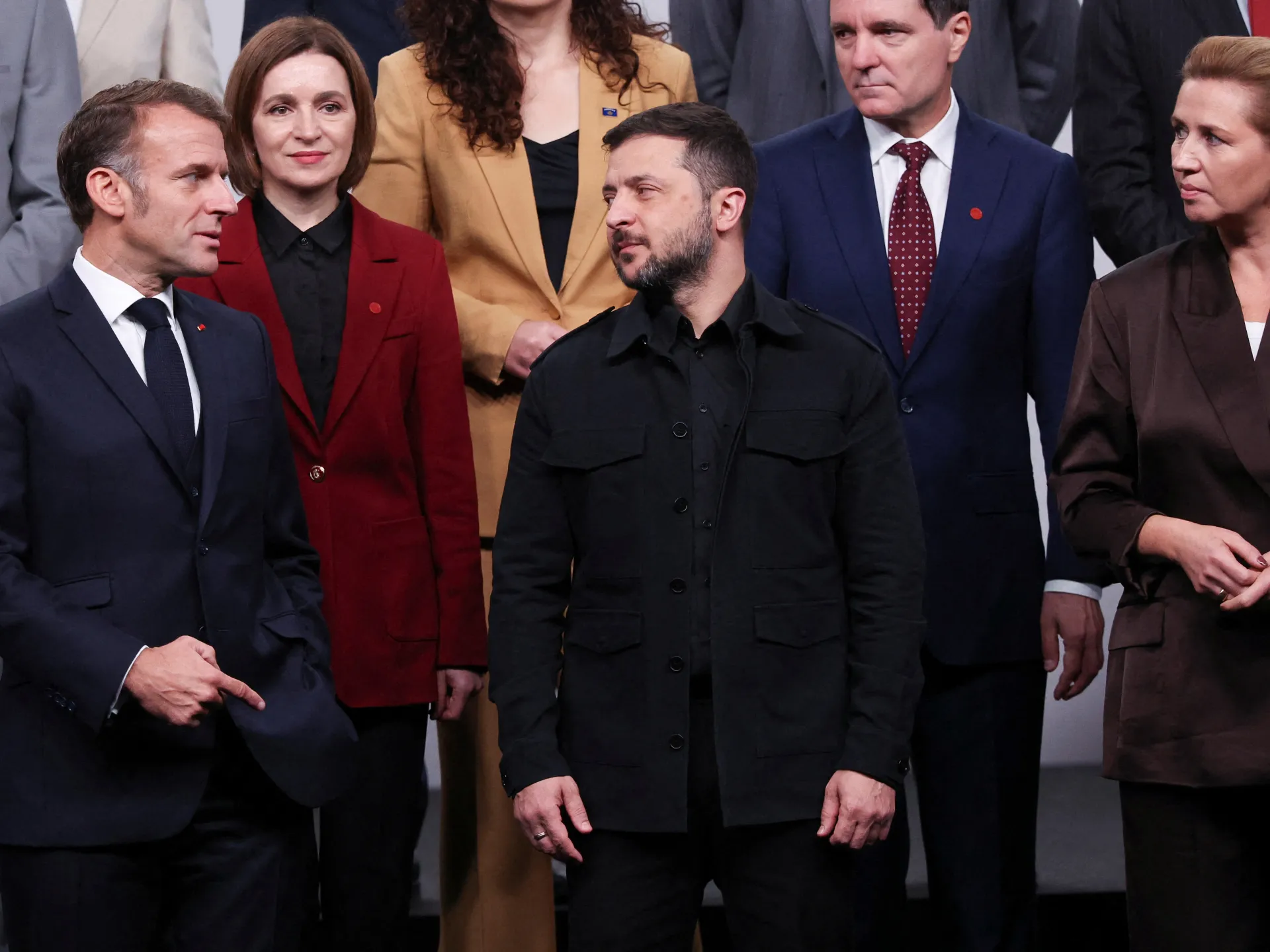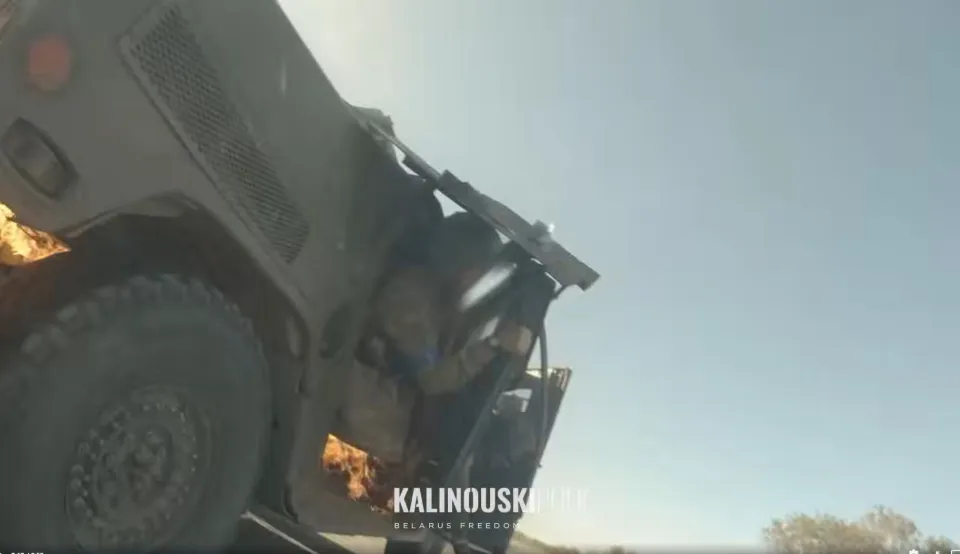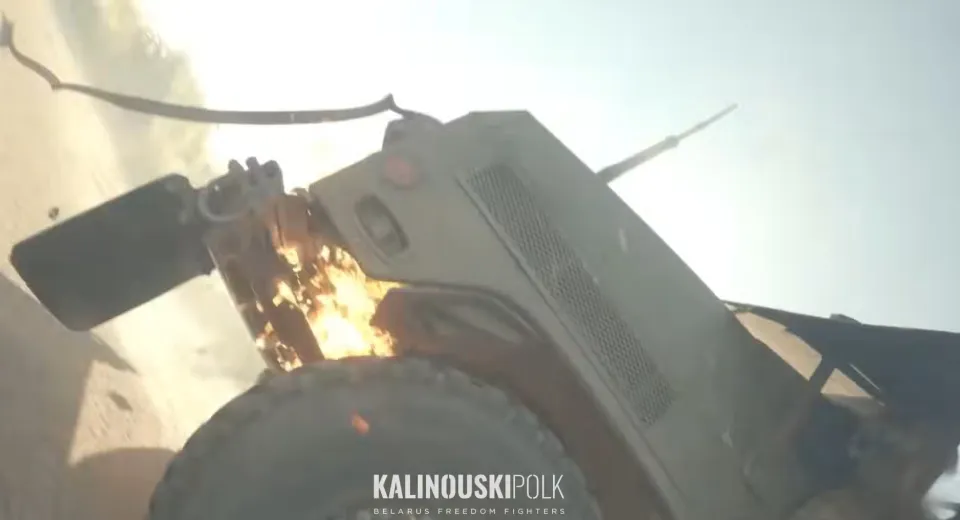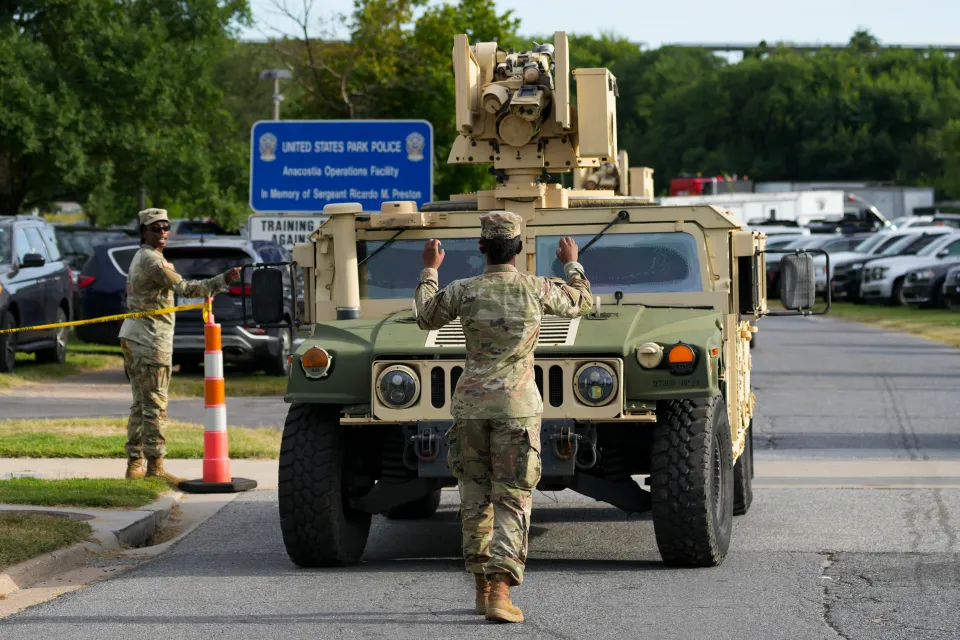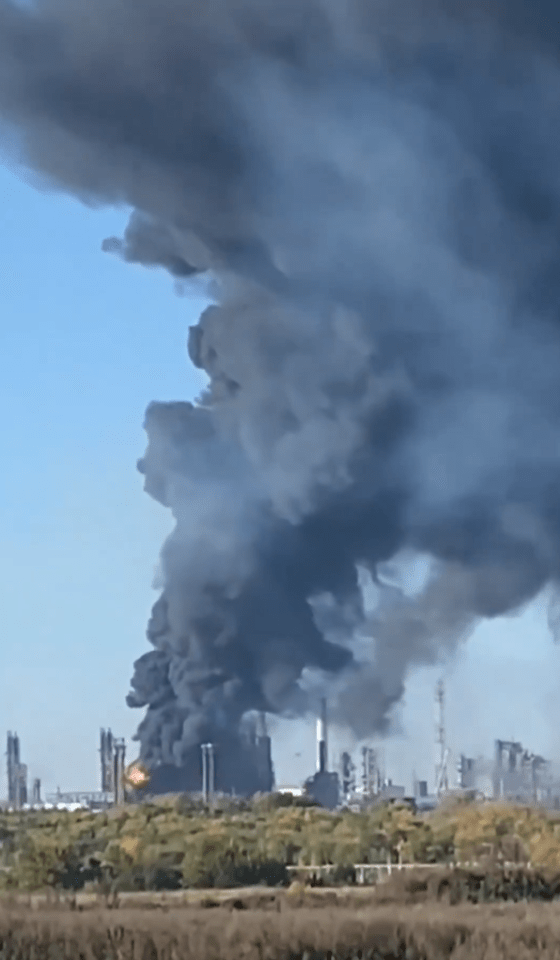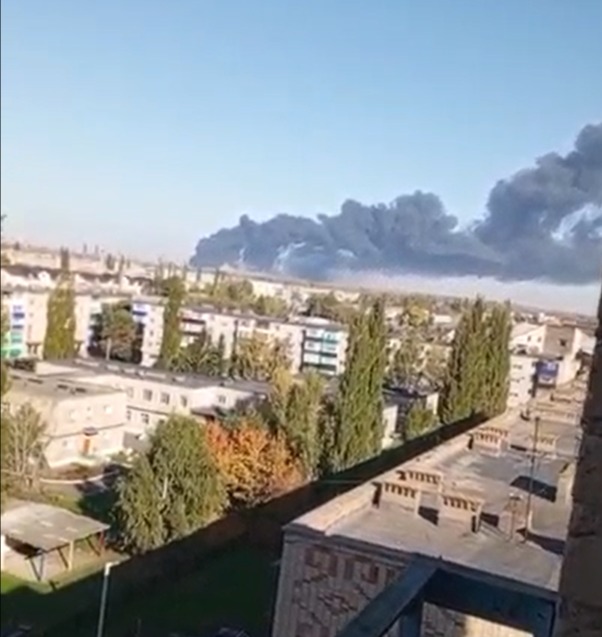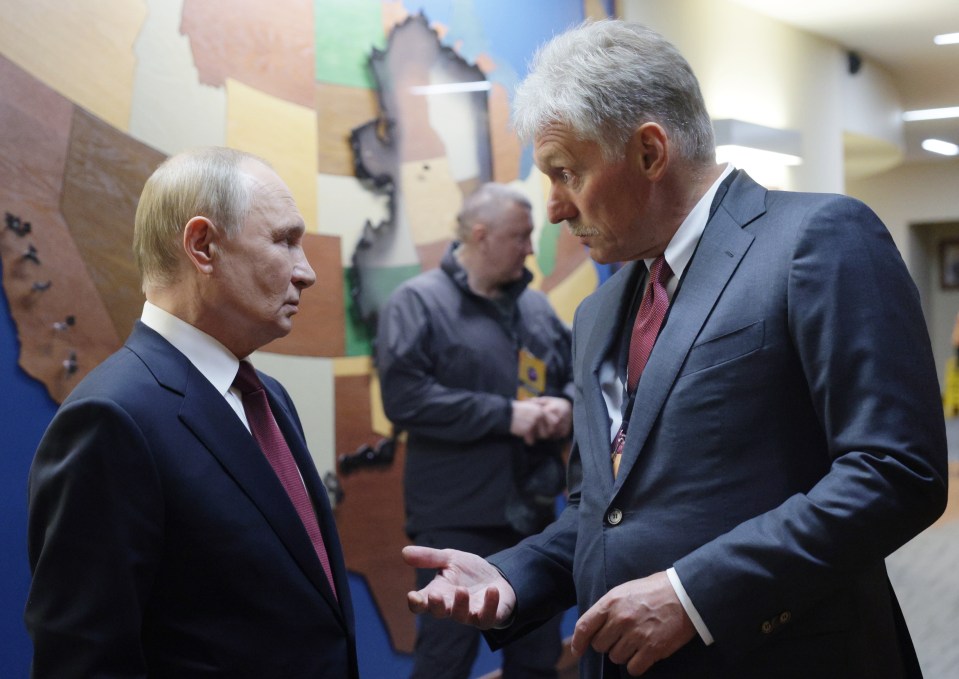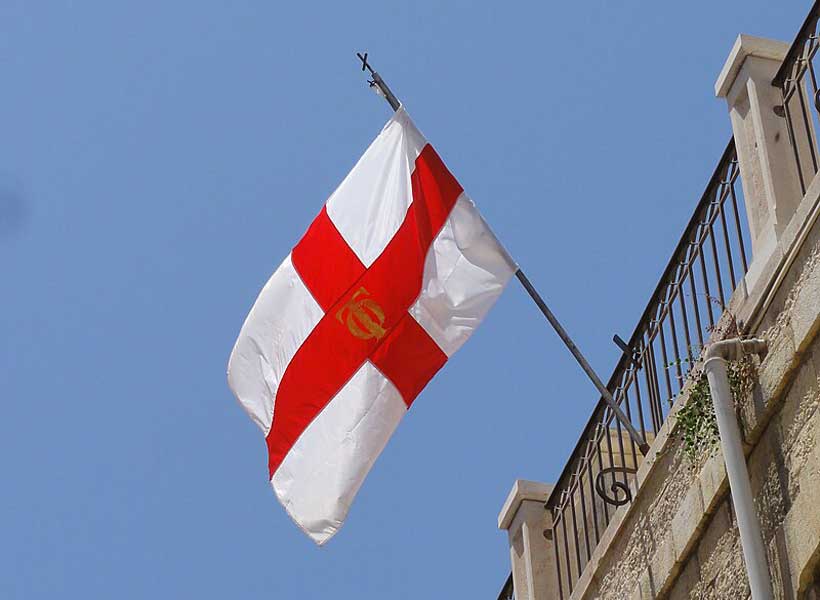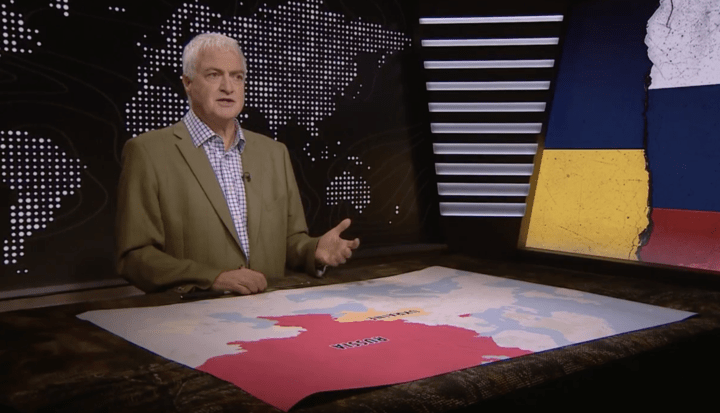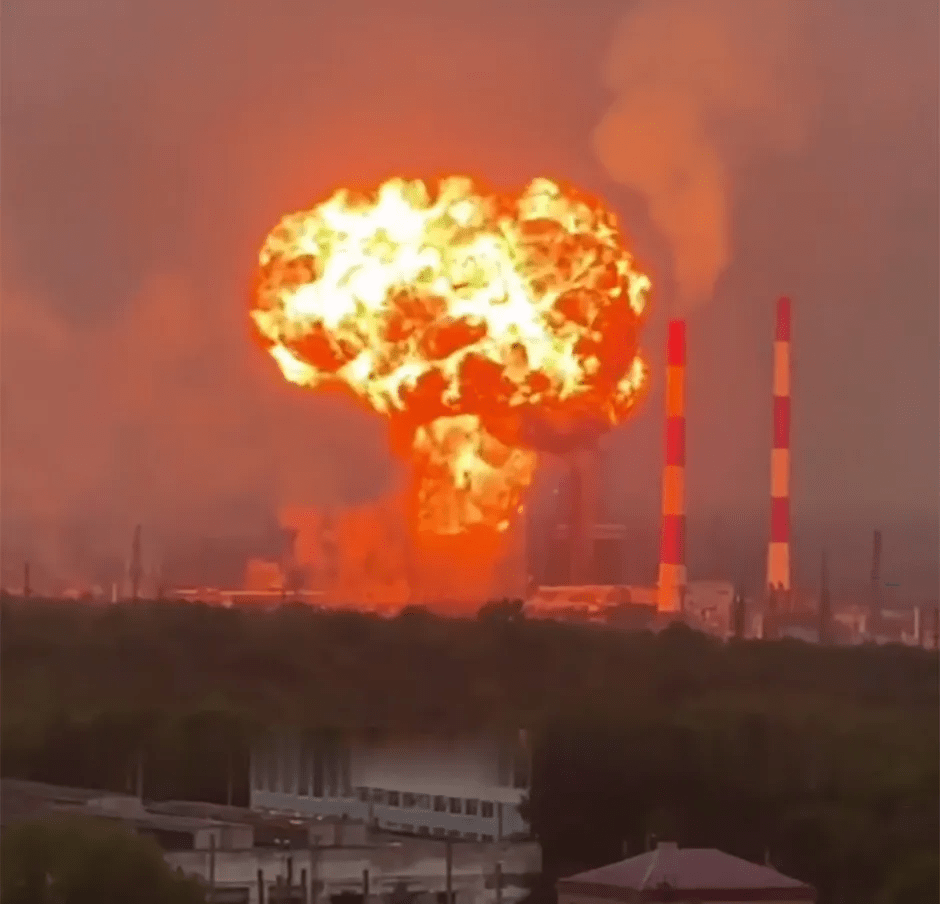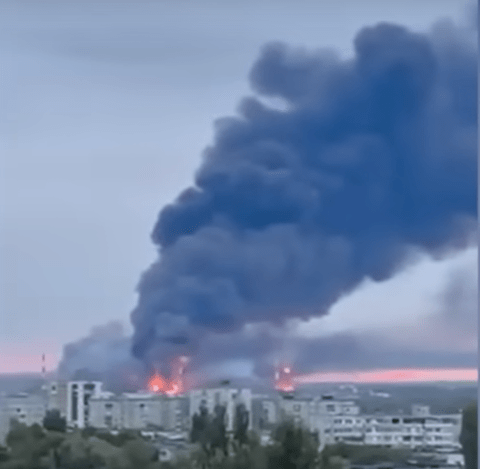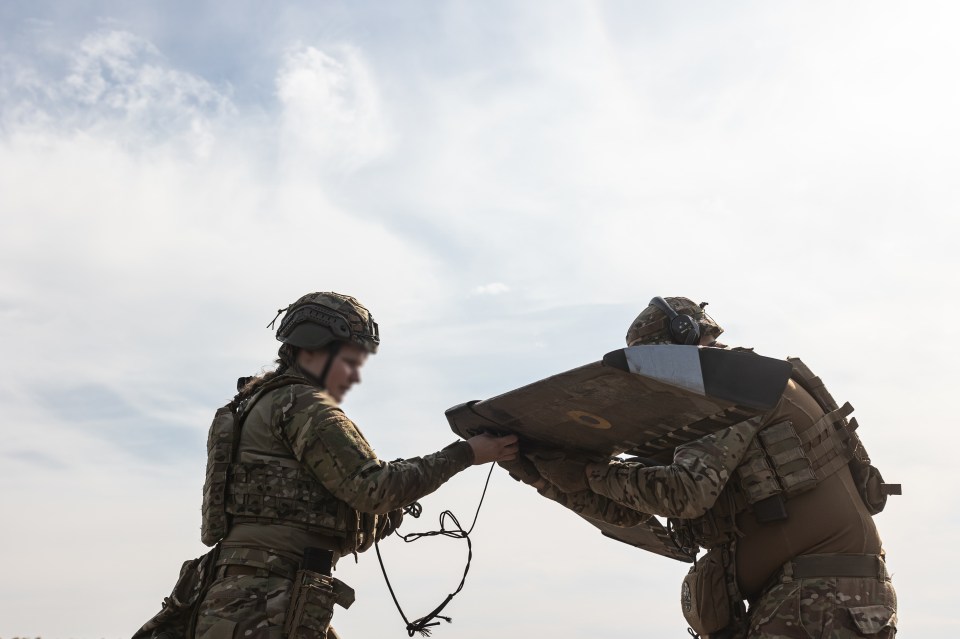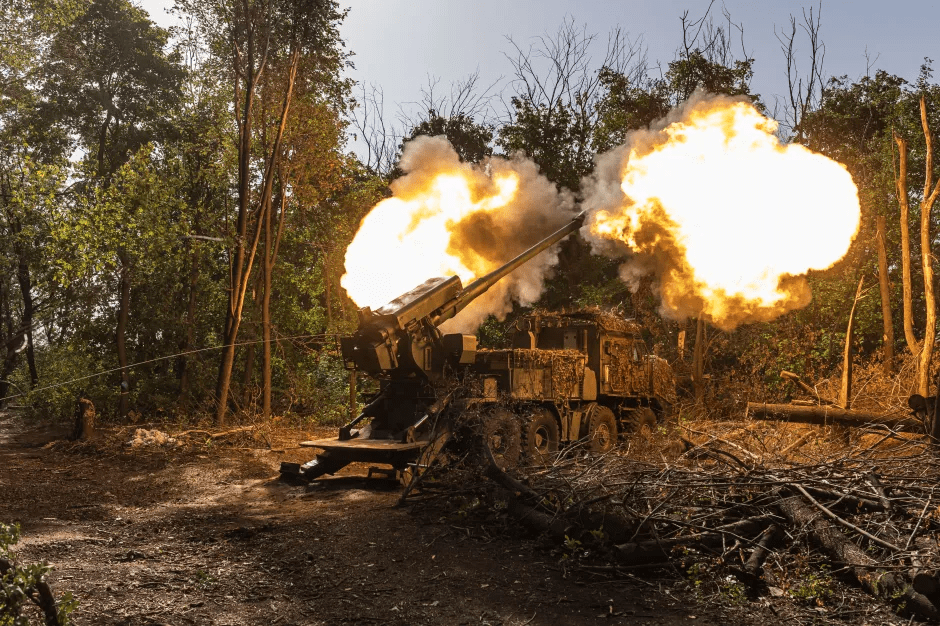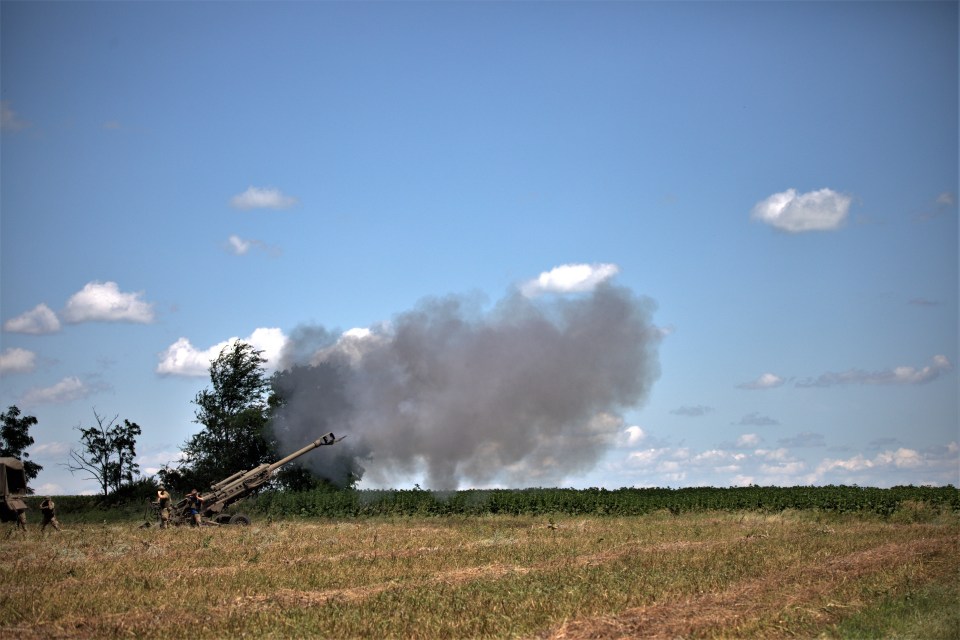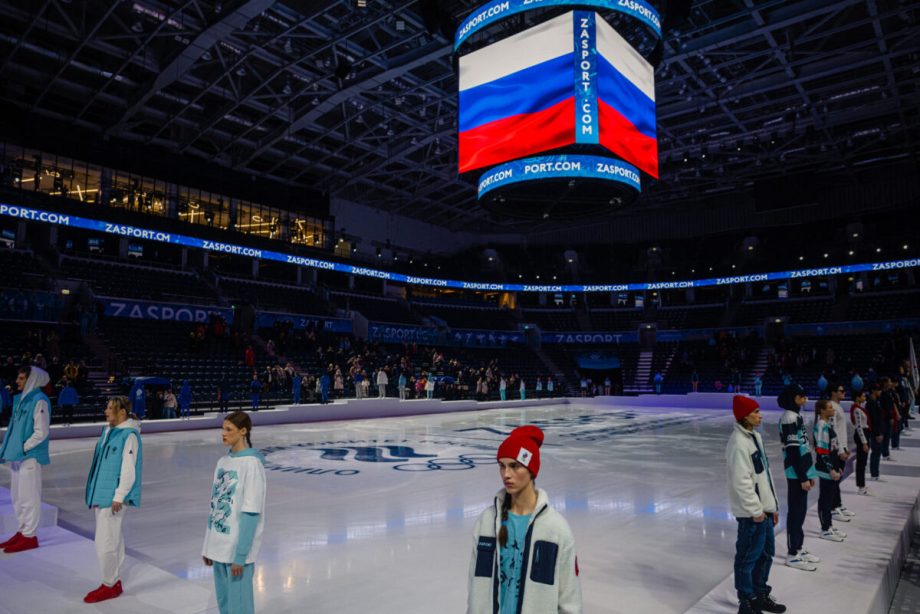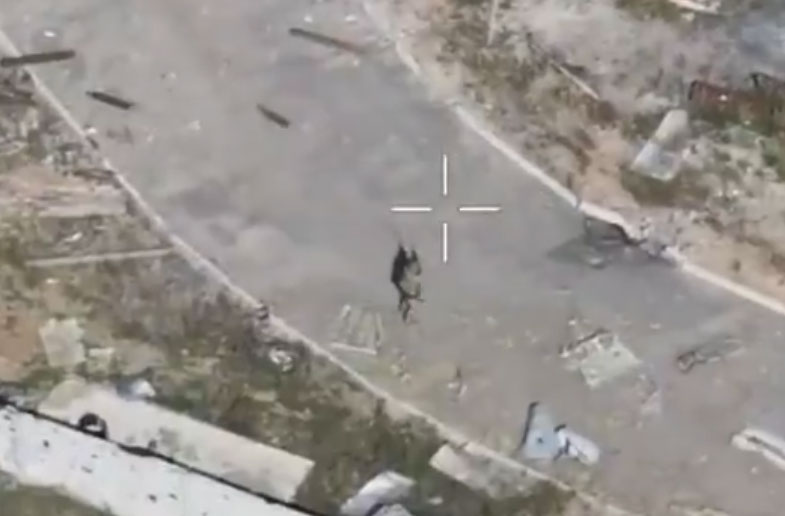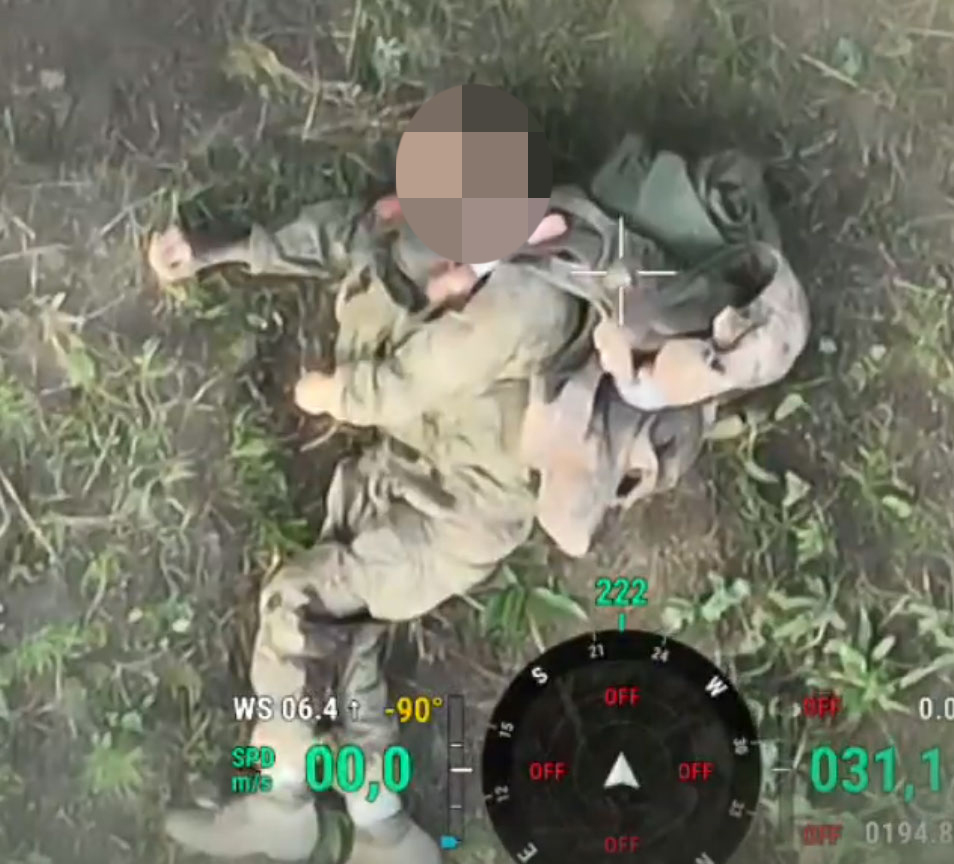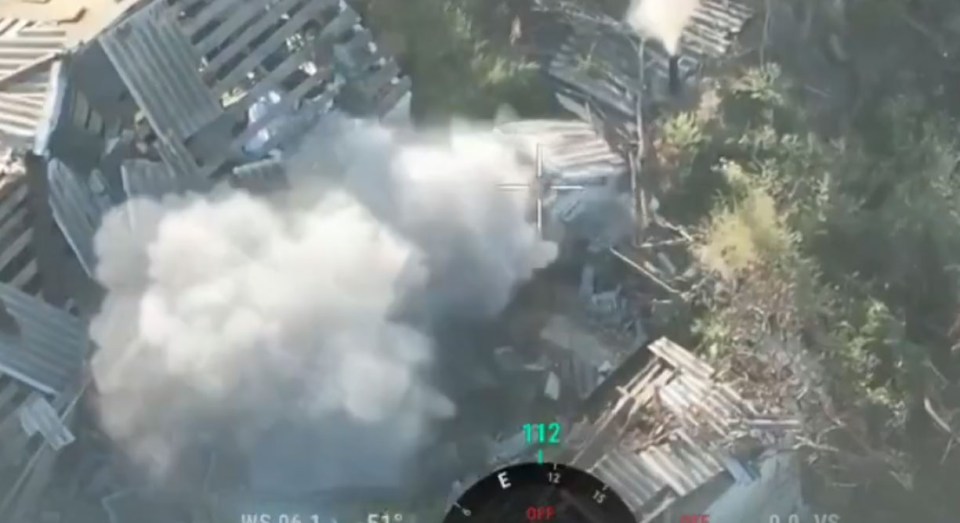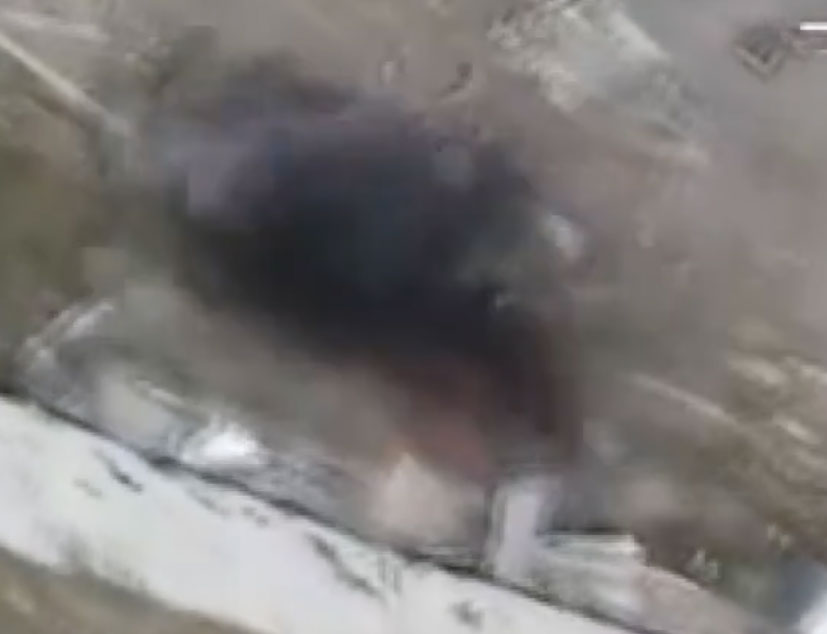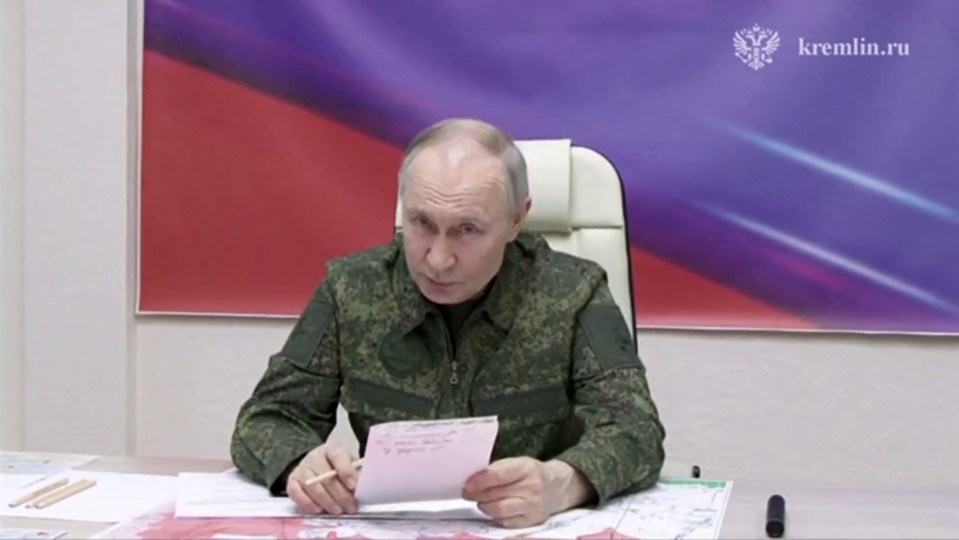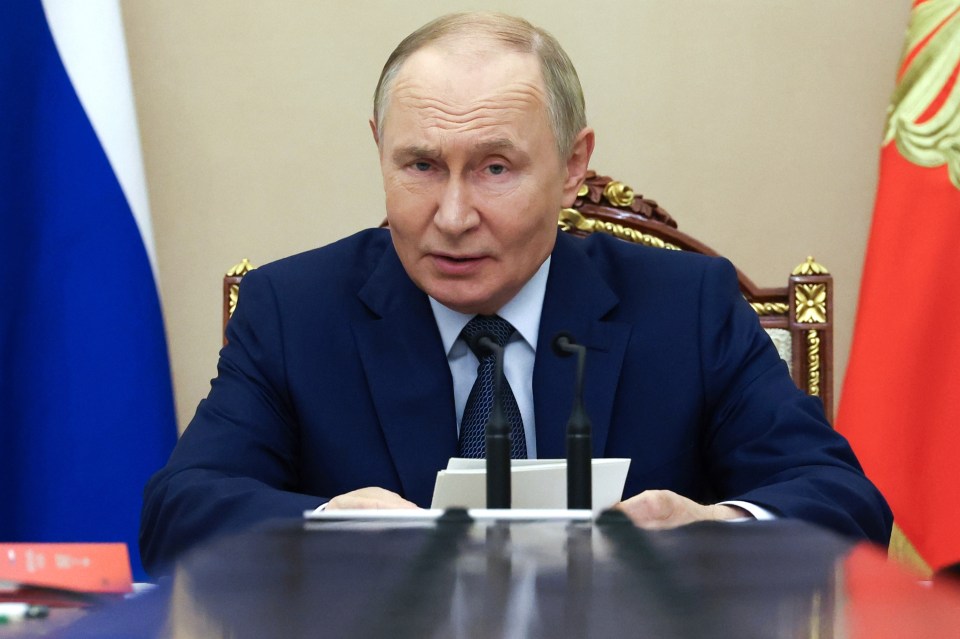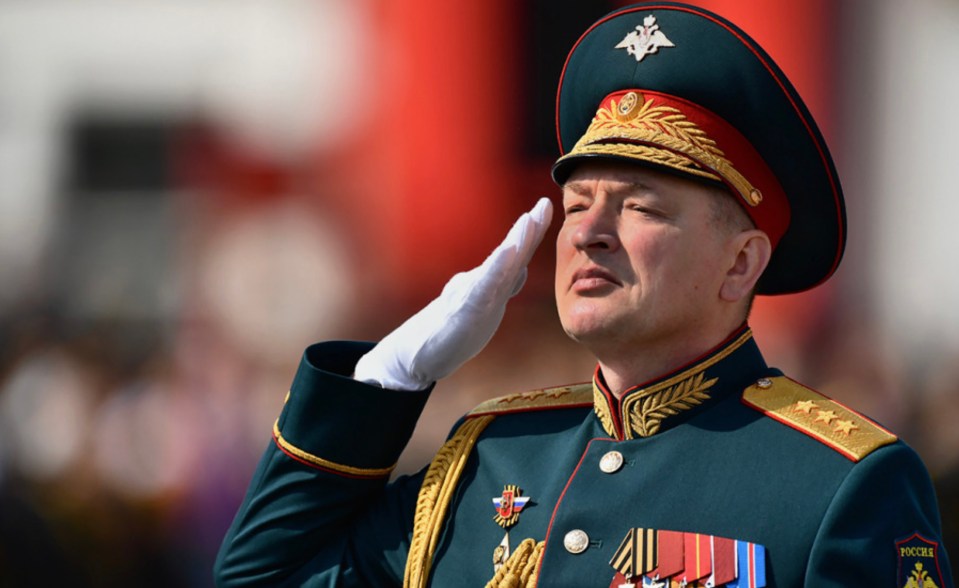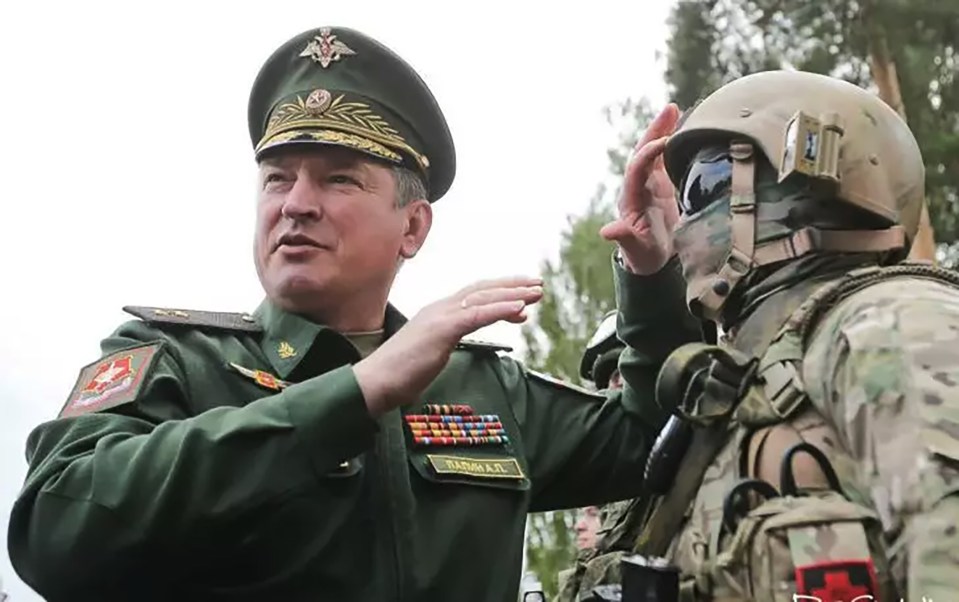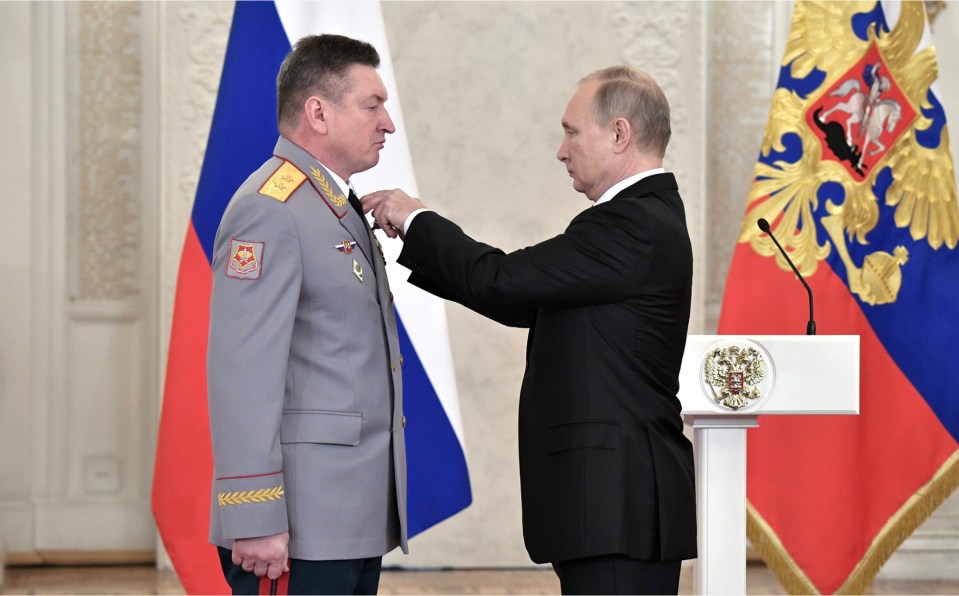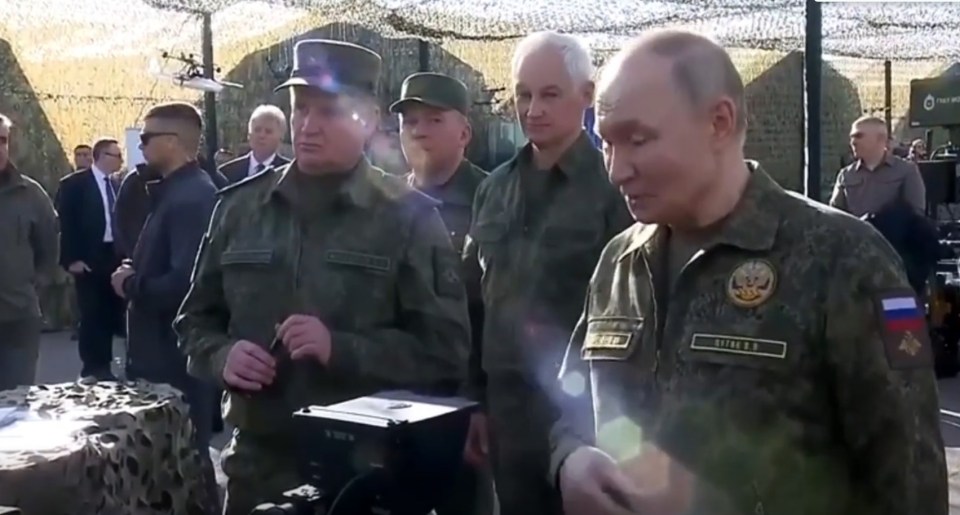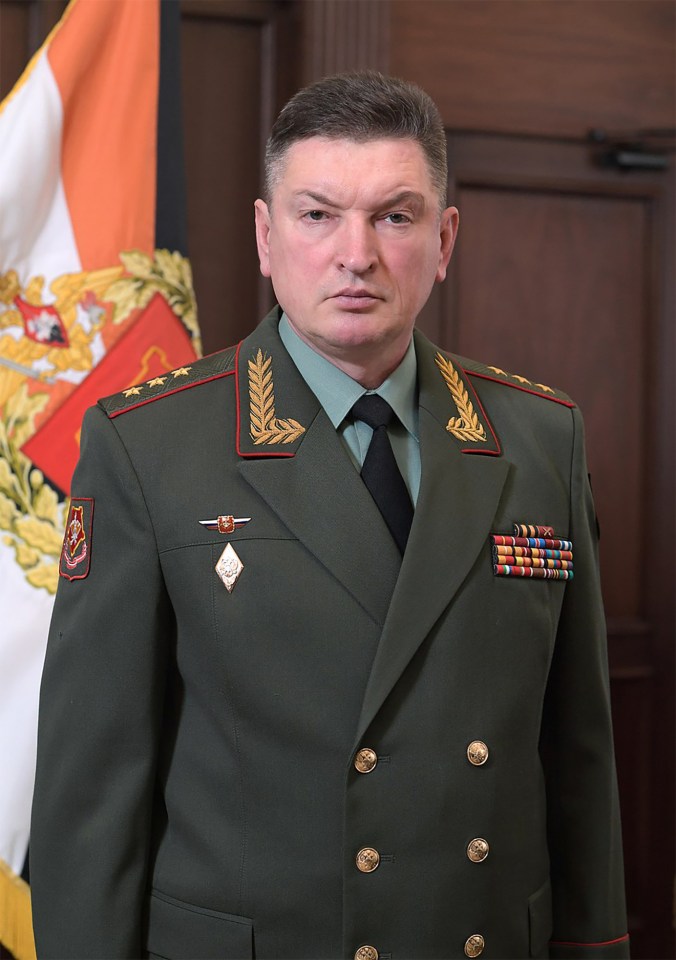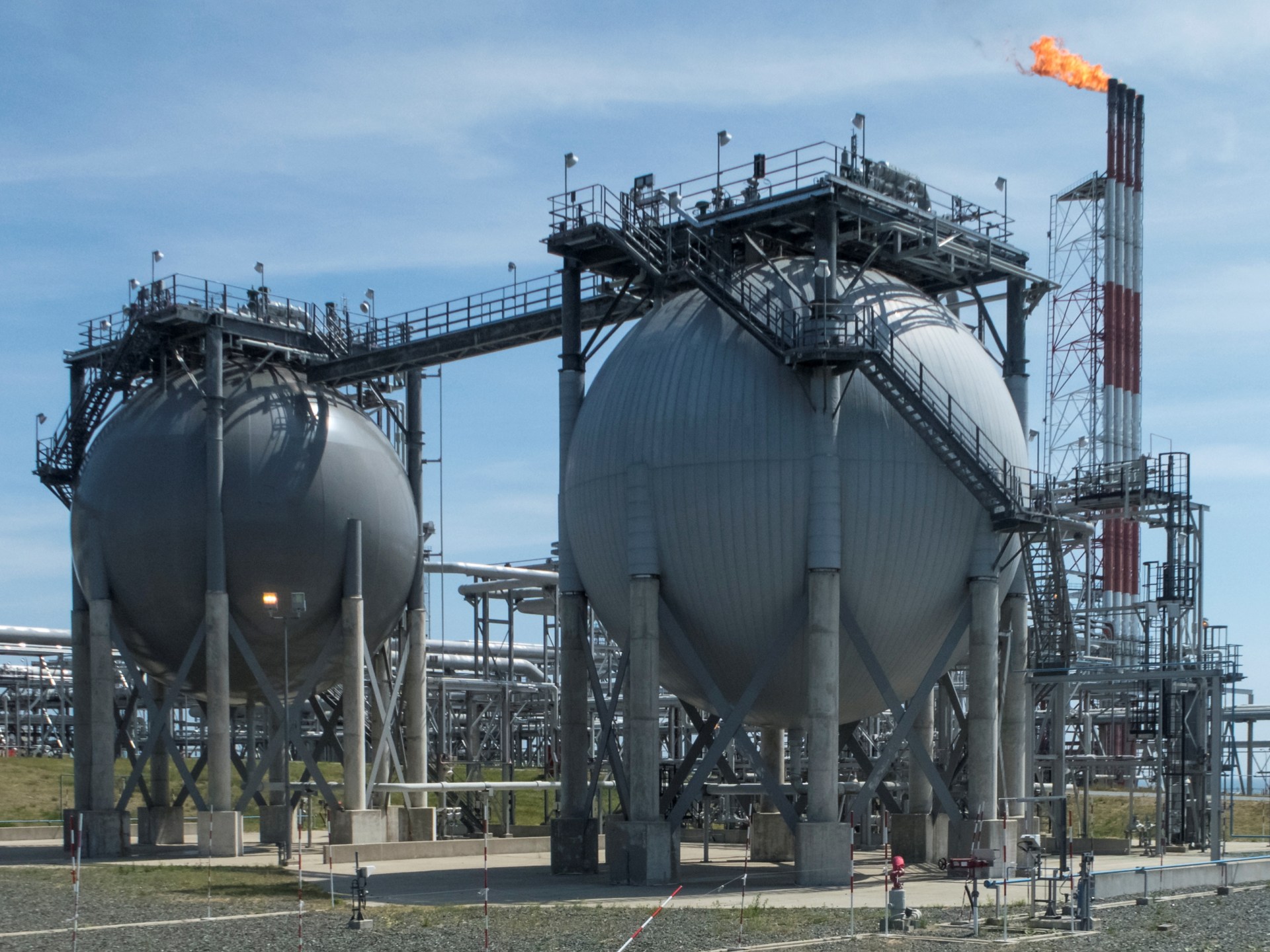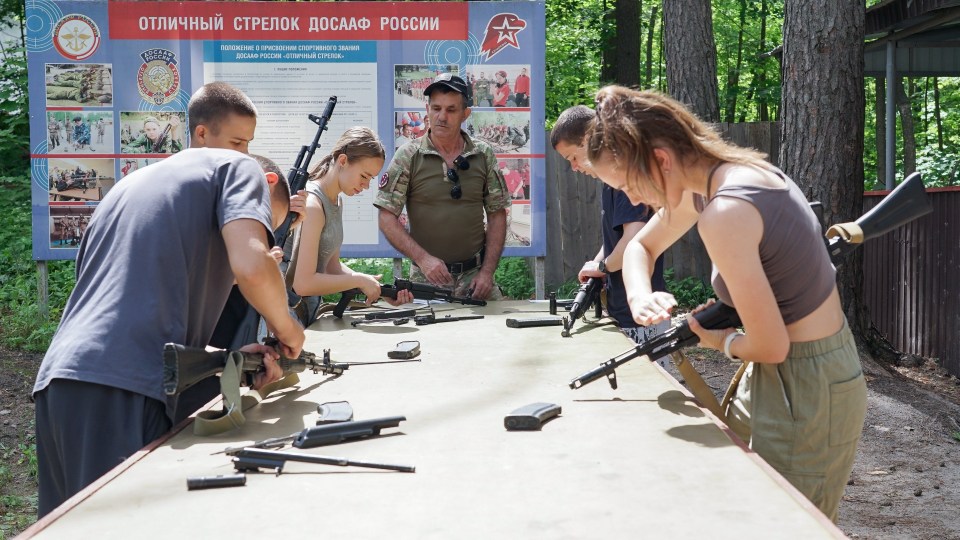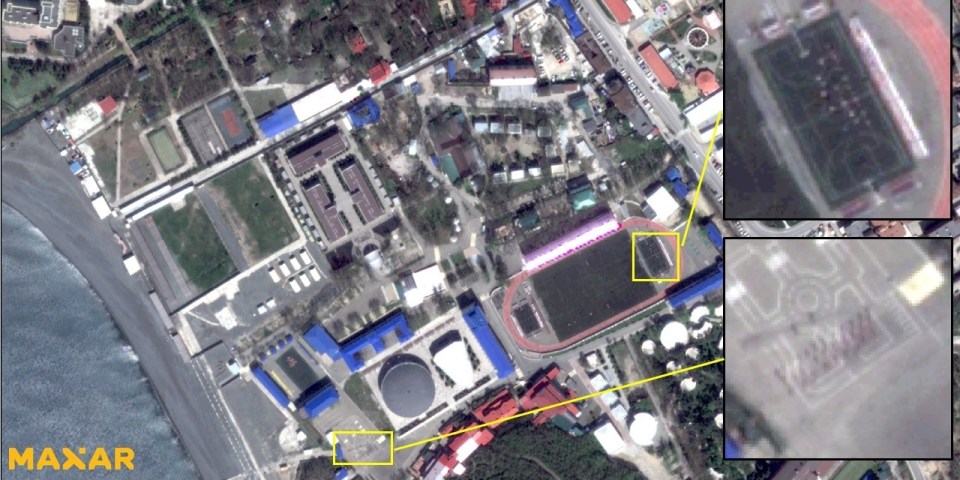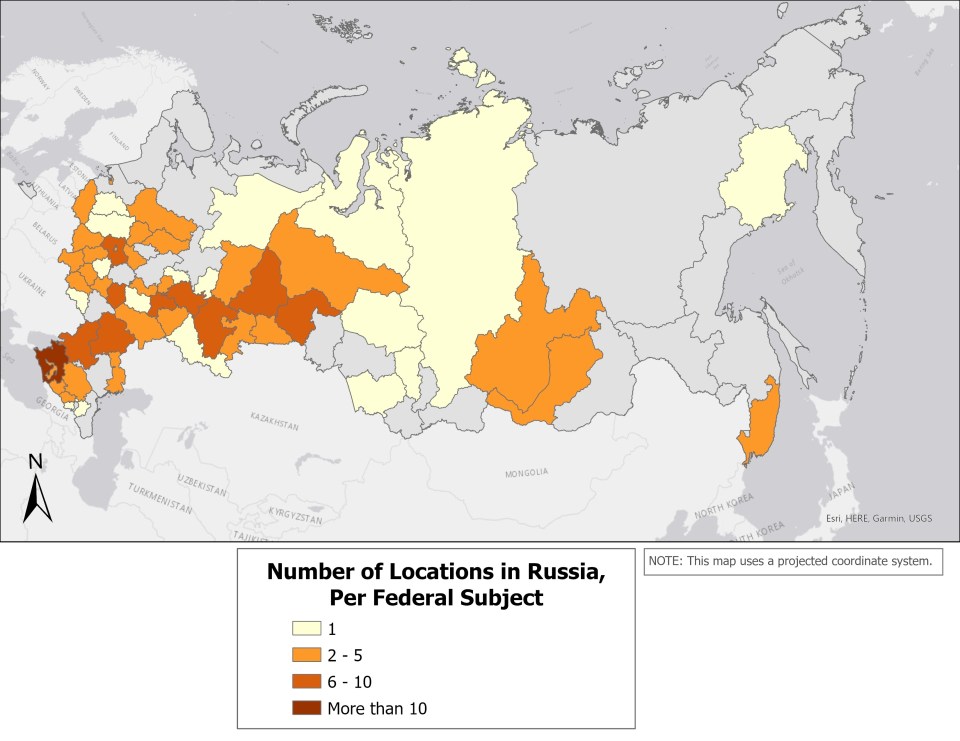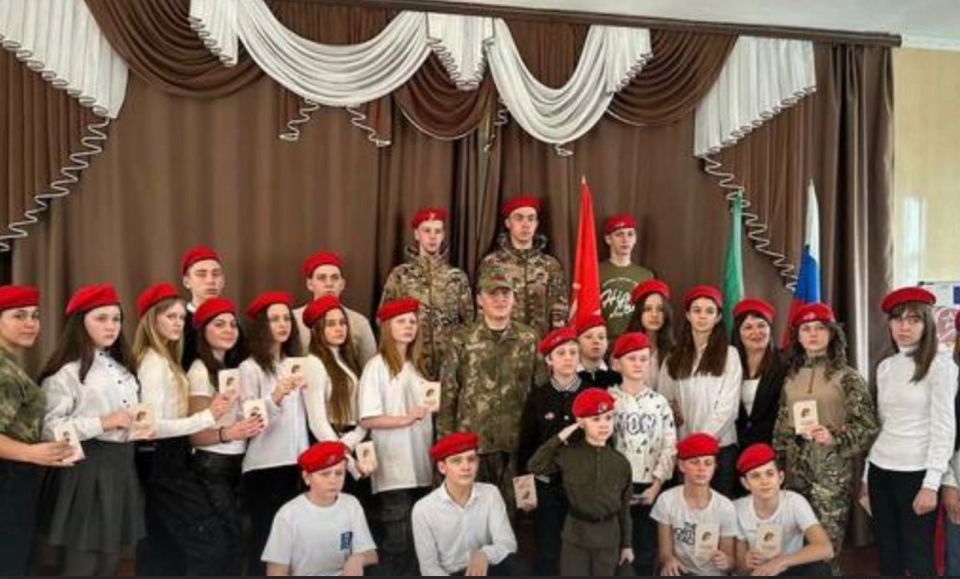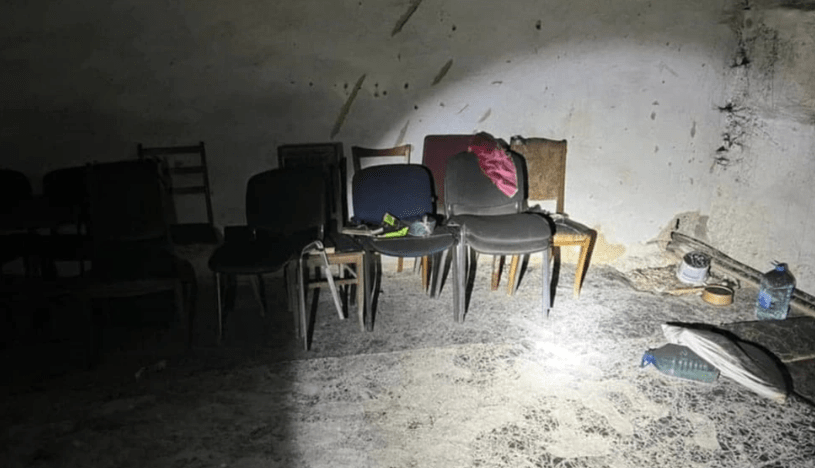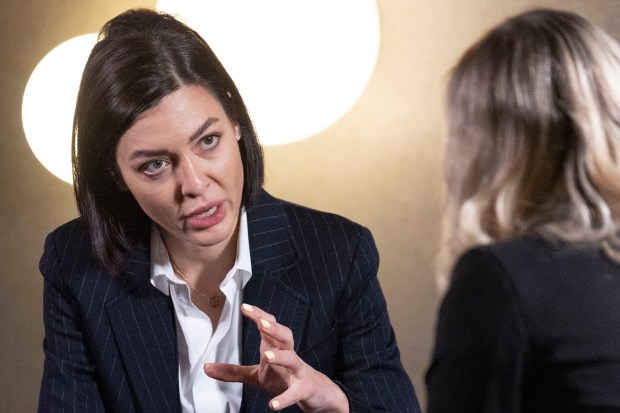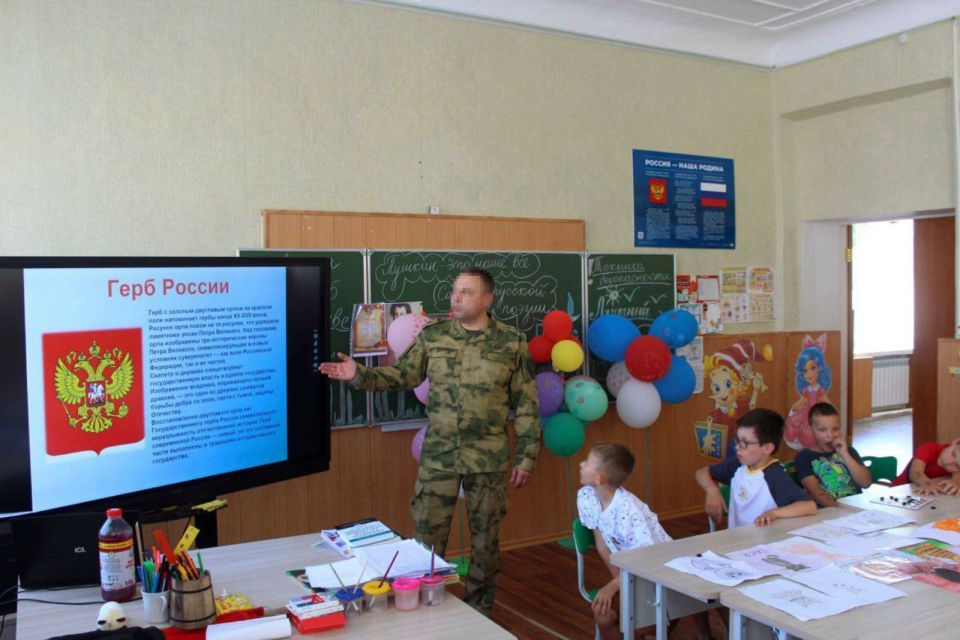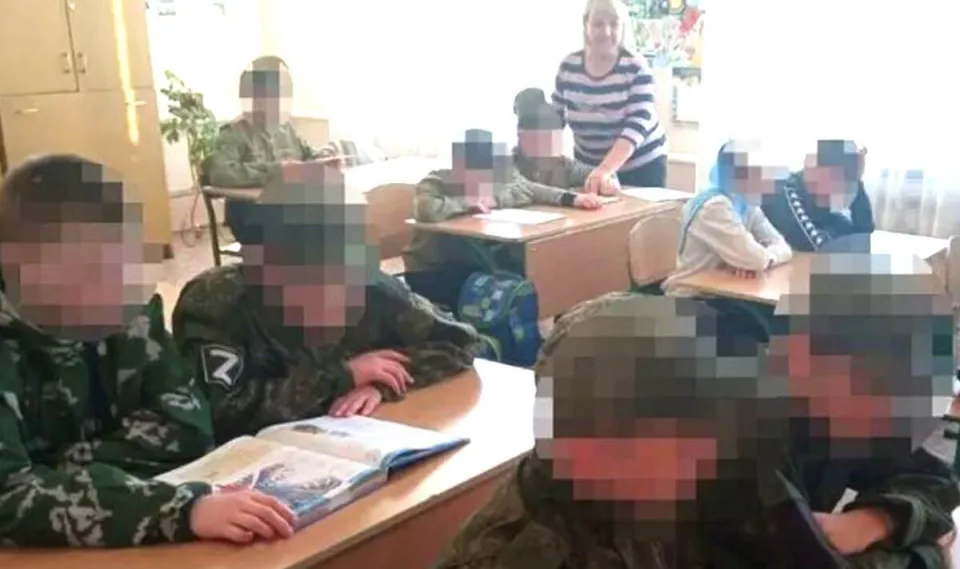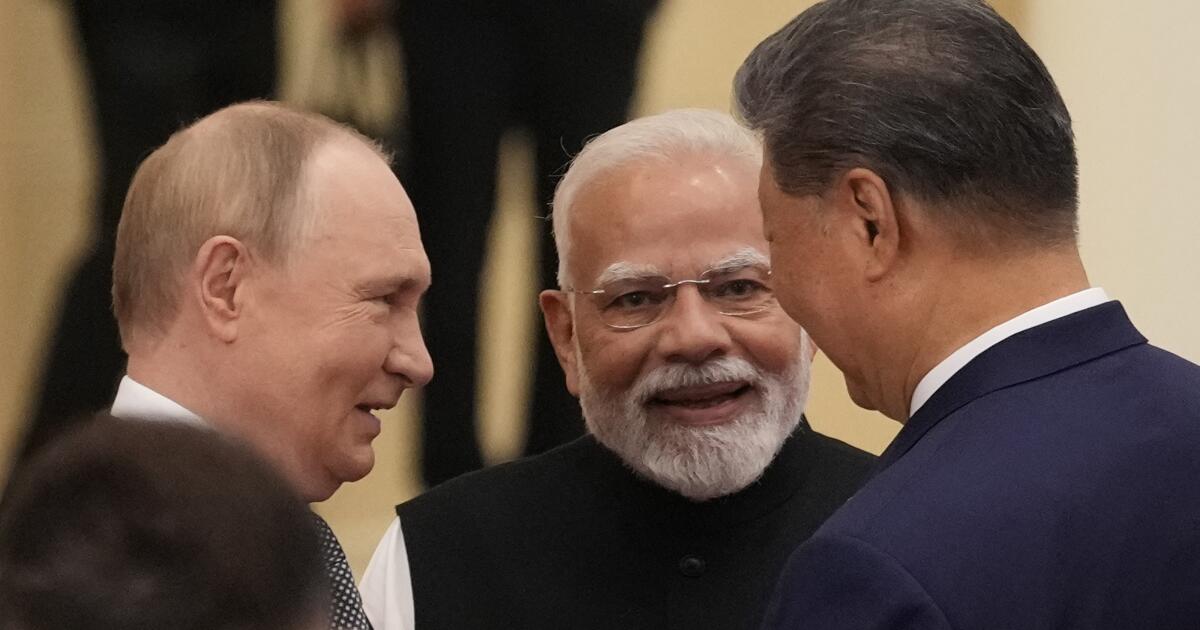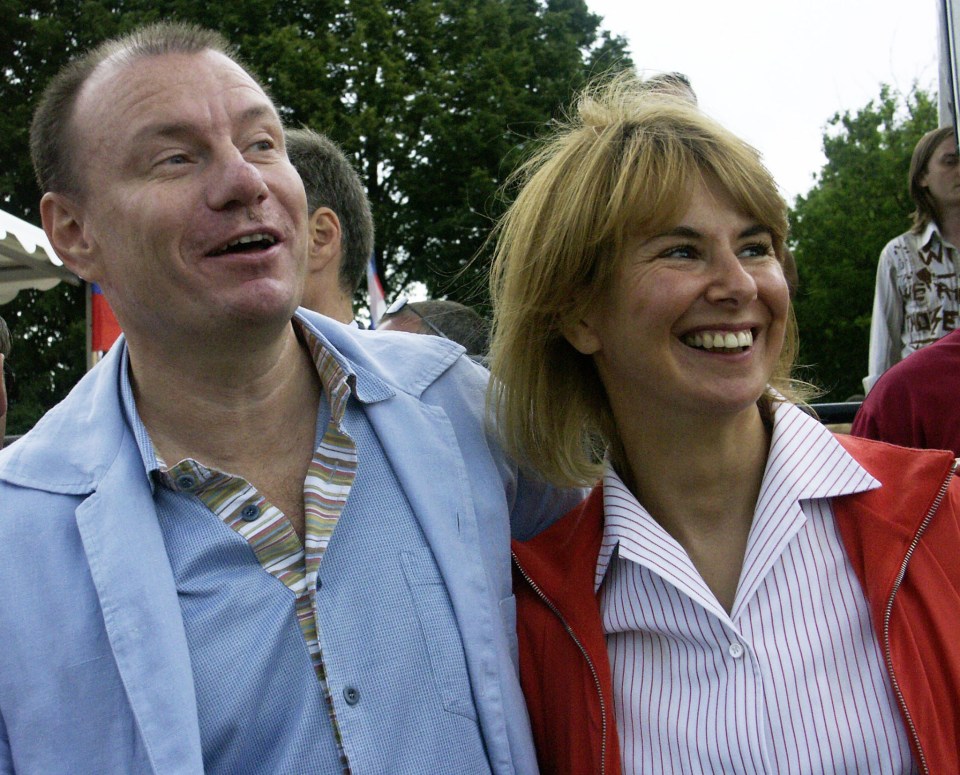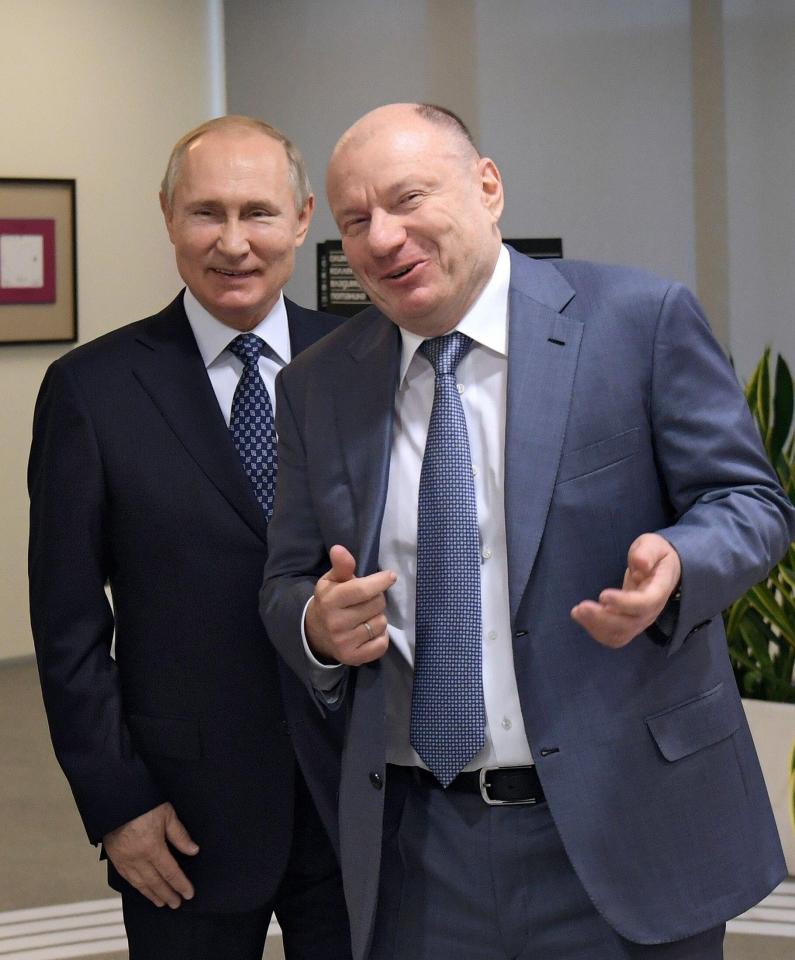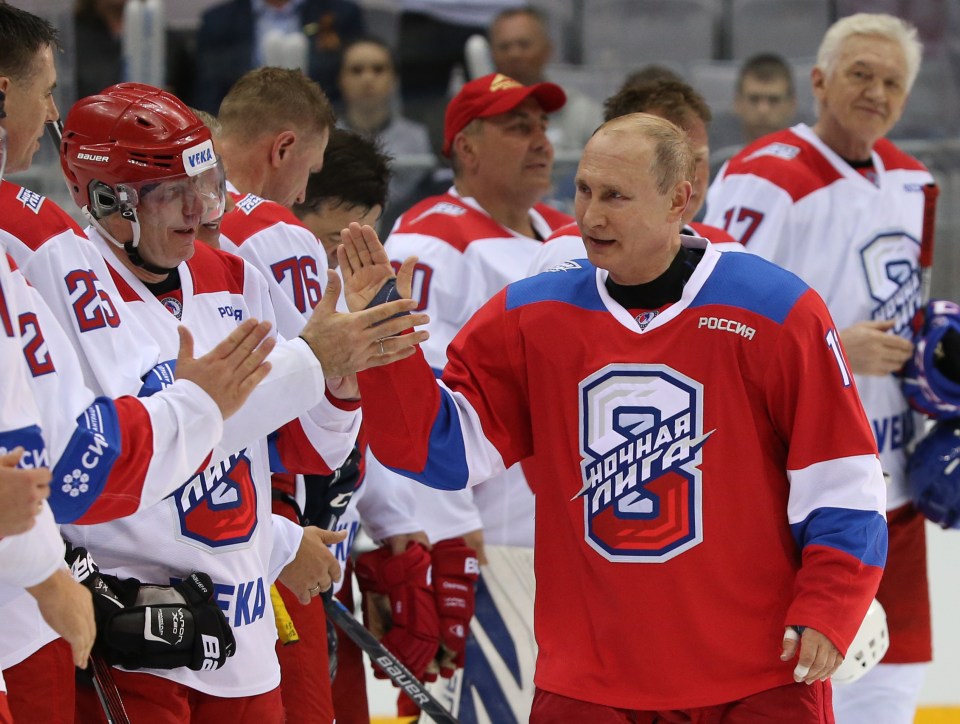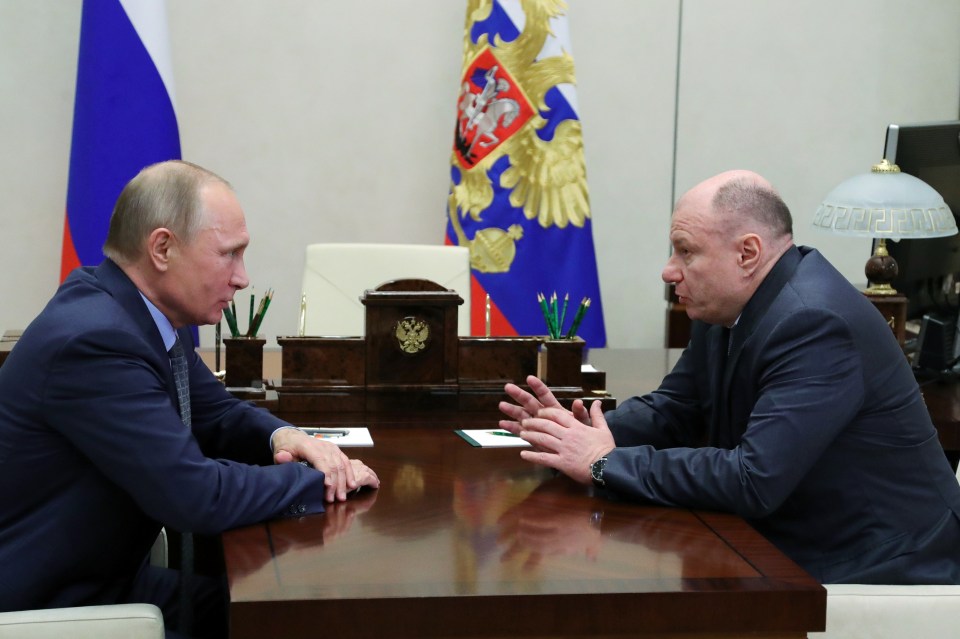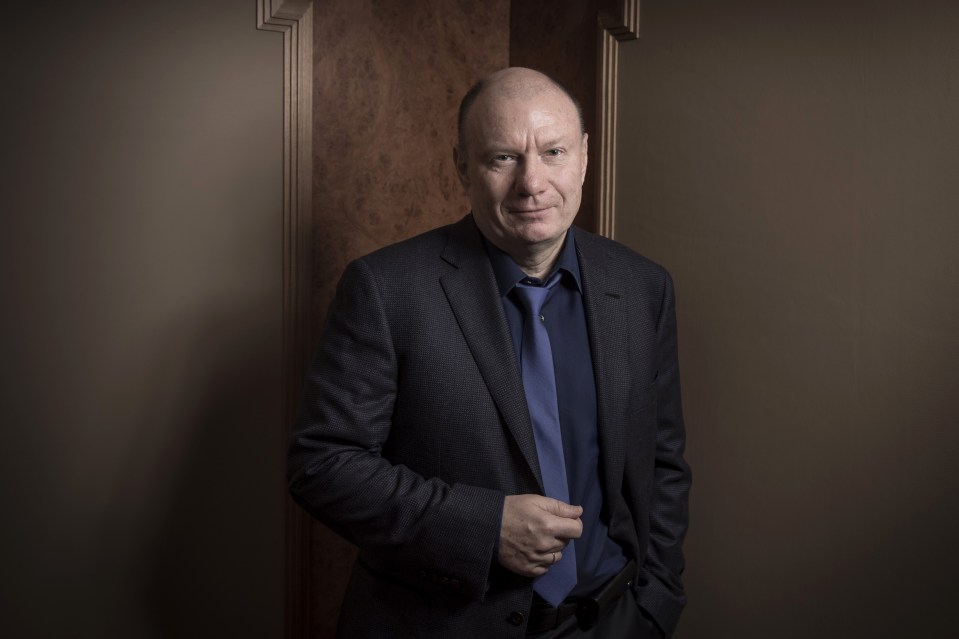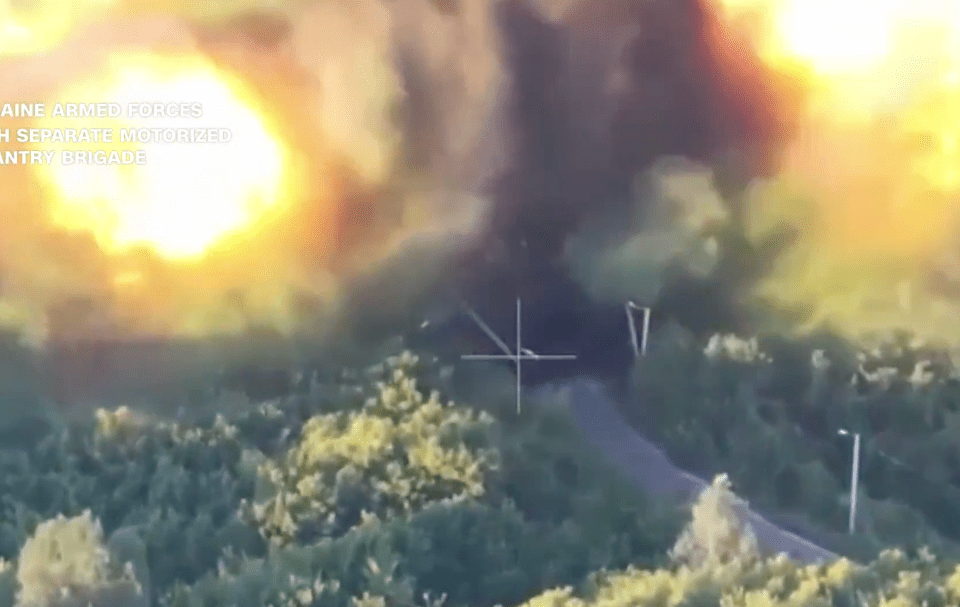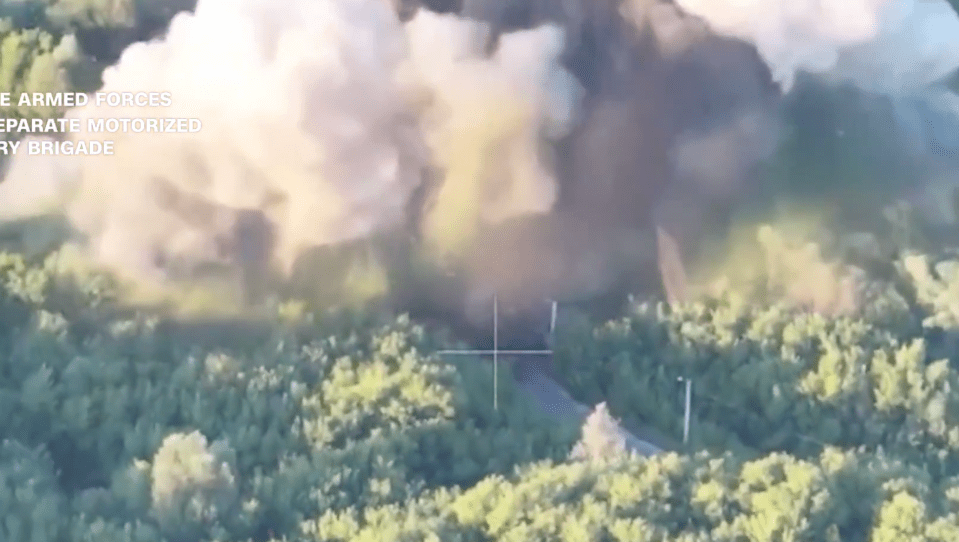Moscow Just Gave Venezuela Air Defenses, Not Ruling Out Strike Missiles: Russian Official
A high-ranking Russian lawmaker claims his government recently sent Venezuela air defense systems and could provide ballistic and cruise missiles in the future. The comments, to an official Russian media outlet, are a response to the ongoing buildup of U.S. forces in the region aimed at narco-traffickers and Venezuelan dictator Nicolas Maduro. Meanwhile, the U.S. Navy aircraft carrier USS Gerald R. Ford is now in the Atlantic, heading for the Caribbean, which you can read more about later in this story. You can catch up with our latest coverage of the Caribbean situation in our story here.
“Russian Pantsir-S1 and Buk-M2E systems were just recently delivered to Caracas by Il-76 transport aircraft,” Alexei Zhuravlev, First Deputy Chairman of the State Duma Defense Committee, told Gazeta.Ru earlier this week.

“Russia is actually one of Venezuela’s key military-technical partners; we supply the country with virtually the entire range of weapons, from small arms to aircraft,” Zhuravlev added. “Russian Su-30MK2 fighters are the backbone of the Venezuelan Air Force, making it one of the most powerful air powers in the region. The delivery of several S-300VM (Antey-2500) battalions has significantly strengthened the country’s ability to protect important installations from air attacks.”
The delivery of Pantsir-S1 systems would appear to be a new development; however, without visual proof, we cannot independently verify Zhuravlev’s claim. An Ilyushin Il-76 airlifter, owned by the Russian Aviacon Zitotrans air transport company, did arrive in the Venezuelan capital of Caracas on Oct. 26 after a circuitous route from Naberezhnye Chelny in Russia, according to FlightRadar24. It is not publicly known what, if any, cargo was delivered. Defense News was the first to report the flight. It’s unclear is other flights have occurred, as well.
Russia has previously provided Venezuela with Buks and S-300VMs. It has also received 21 Su-30MK2 Flanker fighters that are capable of air defense missions, but they can also sling supersonic anti-ship missiles, as well as flying other types of missions.
Just how Maduro’s air defenses could affect any U.S. military strike on Venezuela is something we examined in our deep dive on the topic.
“Venezuela has an unusually varied collection of air defense assets, including smaller numbers of more capable systems. However, even most of the older surface-to-air missile systems have been upgraded and, as stated earlier, are generally highly mobile, meaning they can appear virtually anywhere, disrupting carefully laid mission plans. They could still pose a threat that would have to be taken seriously during any kind of offensive U.S. air operation directed against Venezuela.”
In addition to military aid already given to Venezuela, Zhuravlev suggested that Moscow, which recently ratified a mutual aid agreement with Caracas, could also provide long-range strike weapons.
“Information about the volumes and exact types of what is being imported from Russia is classified, so the Americans could be in for some surprises,” the Russian parliamentarian proferred. “I also see no obstacles to supplying a friendly country with new developments like the Oreshnik or, say, the proven Kalibr missiles; at least, no international obligations restrict Russia from doing so.”
The Oreshnik, a large, intermediate-range ballistic missile system, has been used against Ukraine by Russia. In August, Russian President Vladimir Putin claimed that production had started on the Oreshniks and reaffirmed his plans to deploy them to ally Belarus later this year. The Kalibr cruise missile, which can be launched from surface combatants and submarines, has been frequently used by Russia in its full-on war against Ukraine.
With a reported maximum range of about 3,400 miles and a minimum effective range of about 400 miles, the Oreshnik could theoretically threaten much of the continental United States as well as Puerto Rico, which is being used as a staging base for the Caribbean operations. The Kalibr is thought to have a range of between 930 and 1,550 miles, which could possibly threaten the southern continental U.S., as well as facilities throughout the Caribbean.

Whether Russia can actually deliver any meaningful supply of these weapons remains unclear. The country is facing a shortage of air defenses after waves of attacks by Ukraine. Meanwhile, though Russia is still making them, it is unknown how many Kalibrs it still has after nearly four years of hitting Ukrainian targets. International sanctions have stymied advanced standoff weapon production in Russia. The rate at which new Kalibrs are being delivered isn’t known. Regardless, these standoff weapons are far more precious than they once were. The Oreshnik is an experimental weapon in very limited supply. That could change if Russia can produce them in meaningful quantities, but they are also larger and more complex to deploy. They would also be far more threatening to the United States than cruise missiles if they were perched in Venezuela, but that seems more like a questionable possibility in the future, not today.
While the exact extent of Moscow’s supply of new arms to Venezuela is also unknown, Putin has threatened in the past that Russia could provide standoff weapons to America’s enemies. As debate swirled last year about whether Ukraine’s allies would deliver long-range weapons to Kyiv, Putin said Russia could supply similar “regions” around the world where they could be used for strikes against Western targets. Venezuela came up as a possibility for where these weapons could go at the time.
U.S. President Donald Trump’s Caribbean buildup could give Putin a pretext to carry out his threat, and in America’s backyard. Trump has also been mulling giving Tomahawk Land Attack cruise missiles (TLAMs) to Ukraine, which would also fit into a potential narrative from Moscow to justify standoff weapons transfers. Clearly, some would draw direct parallels to the Cuban Missile Crisis just on the thought of such a notion. While there are clear similarities to that historic series of events, there are major differences too. It’s also possible Russia could give lower-end, but still long-range ‘deterrence’ weapons to Venezuela in the form of Shahed-136 one-way attack drones, which it has an increasingly large supply of.
We reached out to the White House and Pentagon for further context about the Russian lawmaker’s claims and will update this story with any pertinent details shared. The Pentagon referred us to the White House, which did not directly answer our questions.
Meanwhile, the Ford and one of its escorts, Arleigh Burke class guided missile destroyer USS Bainbridge, have passed through the Strait of Gibraltar and are now in the North Atlantic, a Navy official confirmed to The War Zone Tuesday morning. As we have previously reported, the Ford has been dispatched by Trump to take part in the ongoing operations in the Caribbean.
The rest of the carrier strike group’s Arleigh Burke class ships, however, are not with the Ford, according to the Navy.
The USS Winston S. Churchill is the closest to the carrier, currently in the North Atlantic above Morocco, the Navy official told us. The USS Forrest Sherman and USS Mitscher are in the Red Sea while the USS Mahan is in Rota, Spain.
In addition, the San Antonio class amphibious transport dock ship USS Fort Lauderdale is now north of Cuba, the Navy official added. A U.S. official told us the ship is headed south to the Caribbean to rejoin the rest of the Iwo Jima Amphibious Ready Group (ARG)/22nd Marine Expeditionary Unit (MEU) operating as part of the enhanced counter-narcotics operation. There are now eight surface warships, a nuclear-powered fast attack submarine, and the MV Ocean Trader – a roll-on/roll-off cargo ship modified to carry special operators and their gear – assembled in the region. There is also an array of aviation assets, among them F-35B stealth fighters, AC-130 gunships, airlifters and MQ-9 Reaper drones, deployed for this operation.

Amid all this signaling by the U.S. and Russia, the Trump administration has “developed a range of options for military action in Venezuela, including direct attacks on military units that protect Maduro and moves to seize control of the country’s oil fields,” The New York Times reported on Tuesday, citing multiple U.S. officials.
Trump “has yet to make a decision about how or even whether to proceed,” the newspaper noted. “Officials said he was reluctant to approve operations that may place American troops at risk or could turn into an embarrassing failure. But many of his senior advisers are pressing for one of the most aggressive options: ousting Mr. Maduro from power.”
The president’s aides “have asked the Justice Department for additional guidance that could provide a legal basis for any military action beyond the current campaign of striking boats that the administration says are trafficking narcotics, without providing evidence,” the publication added. “Such guidance could include a legal rationale for targeting Mr. Maduro without creating the need for congressional authorization for the use of military force, much less a declaration of war.”
Trump is also directing staff to brief more members of Congress on the aggressive anti-narcotics tactics in the Caribbean and Pacific, Axios reported on Tuesday.
“The unprecedented military maneuvers off Venezuela and the continual extra-judicial killings of unarmed suspects —at least 64 of whom have died in 15 boat sinkings— have sparked bipartisan calls for more intel on the White House’s decision making,” the news outlet posited.
While the U.S. is blowing up alleged drug boats in the Caribbean, it is also seizing them in the Pacific.
“MORE WINNING,” Trump posted on Truth Social Monday. “U.S. military captures another drug speedboat and seizes over 5,000 lbs of drugs and apprehends nearly 60 narco terrorists as part of its Operation Pacific Viper.”
In addition to operations against Venezuela’s drug trafficking organizations, NBC News on Monday reported that the U.S. was planning kinetic actions against cartels in Mexico. On Tuesday, Mexican President Claudia Sheinbaum pushed back on that possibility.
“It’s not going to happen,” Sheinbaum said during her daily morning news conference on Tuesday. “We do not agree with any process of interference or interventionism.”
It remains unknown at the moment if or when Trump will order an attack on Venezuela. He has previously suggested strikes on ports and other facilities associated with narcotraffickers. However, he has also delivered mixed messages, saying he doubts there will be an attack but that Maduro must go.
Contact the author: [email protected]
